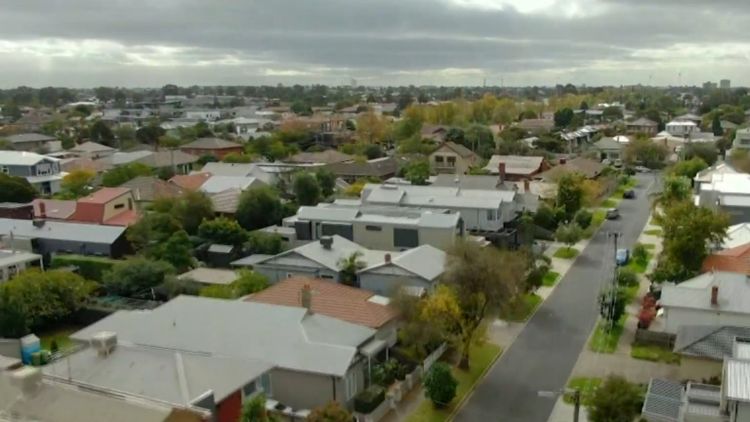
Last year, Chani was working 10 hours days as a Japanese teacher in a Brisbane high school.
She was "stuck in a rut" and, at 49 years old, just couldn't imagine how she would keep going.
"I had actually hit a massive wall, I had these feelings of wanting to make a major change," Chani, who asked for her surname to be withheld, told 9news.com.au.
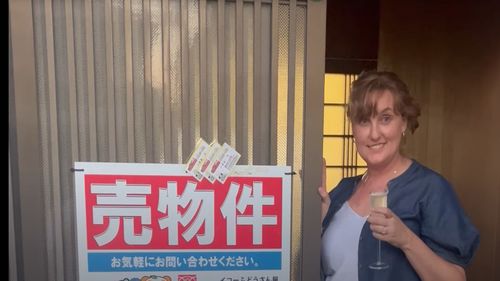
With her adult children now grown, she had the freedom to take a leap of faith.
The idea of moving to Japan, a country she loved, and buying an abandoned home had been forming for some time, Chani said.
Although it's hard to fathom in a country like Australia - where crippling housing shortages and skyrocketing real estate prices are the norm - Japan's dwindling population has led to a huge, and growing, number of empty homes.
The latest government figures, released this week, show there are now about 11 million vacant homes, known as akiya, in Japan.
This accounts for 14 per cent of all houses in Japan.
The Nomura Research Institute estimates that figure will reach 30 per cent in the next decade.
Many akiyas are in rural areas, with younger generations preferring to leave inherited homes empty rather than move out of the city.
For Chani, who lived in the Japanese countryside for 18 months as a teenage exchange student, the idea of a rural akiya appealed to her.
She began doing her homework.
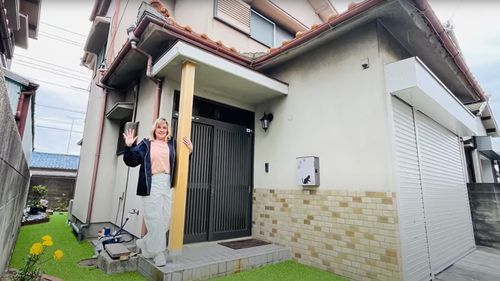
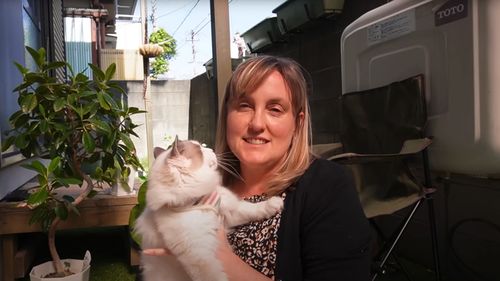
"I was on the real estate sites," Chani said.
"I was watching the area I wanted to buy in to get a feel for the house prices and how quickly they were selling or not selling."
Chani, who documented the process of buying her akiya on her YouTube channel Chani Japan, was looking at properties in the Wakayama area, which is around an hour south of Osaka.
"I chose Wakayama because I can get to the airport within 40 minutes if I need to go home urgently, which I hope never happens," Chani said.
"Also, I'm in the countryside, but I'm an hour train ride from the second-largest city in Japan.
I'm not isolated as such, I didn't want to be full rural."
After managing to line up a job teaching English and a working visa, Chani flew out to Japan in April last year.
Buying a property in Japan can be difficult if you don't speak Japanese, Chani said, adding that most Japanese real estate agents did not speak English and preferred to do business in person at a slow pace.
"It took a long time to establish a relationship with the real estate agent," Chani said.
"They don't just do it on the phone and they don't do it online.
"They meet in person. They tell you to go away, come back.
"It's a gradual process to get to know them before they're willing to do business with you.
"Are you, or are you not, a tyre-kicker - that's what they want to know."
"It's not impossible if you have someone who can speak Japanese. But you can't expect the agent to be speaking English and helping you out. It's not going to happen."
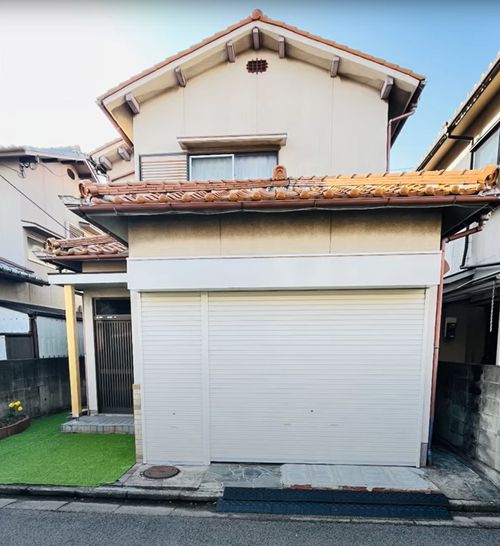
While some akiyas are being offered up for free, or almost free, in certain parts of Japan, Chani said she steered clear of those properties because of the pitfalls they often came with.
"The free ones are not usually habitable. You know there's going to be some problem," Chani said.
"Then the other side of the really cheap $5000 ones is they're filled with people's belongings which are very hard to get rid of.
"I knew if I paid a bit more it would be cheaper in the long run because I didn't have to do major works. I just had to do some cosmetic, minor things."
The $20,000 house Chani settled on was a 100 square-metre, two-storey house that was built in the 1980s.
Although the house appeared to be in excellent condition, with only minor renovations required to suit her needs, Chani was hit with an unpleasant surprise almost immediately after she signed the contract.
When the water was turned on, a leak was discovered in the pipes underneath the bathroom.
Termite damage was also detected in the house.
Although the news was upsetting, it was understandable that there would be problems give the home's age, Chani said.
"It is an old house, built in the '80s, you can't expect it to be perfect," Chani said.
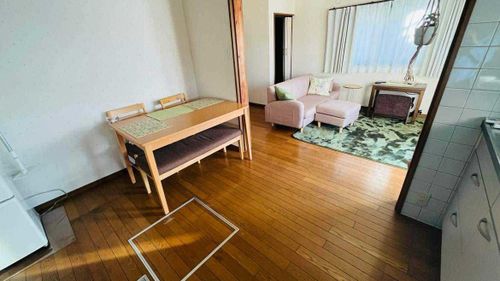
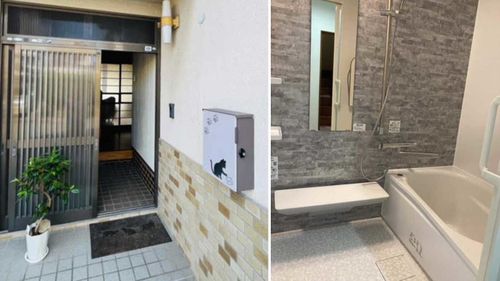
Luckily, the renovations needed to fix the damage were not too expensive, with a local handyman offering to install a new bathroom for just $7000.
"It was so cheap. The bathrooms here are unit baths. They come in a kit and you just put it straight in," she said.
"The cost of living is so low in Japan that that follows through to the cost of renovations as well."
Chani also installed a new garage door and moved the laundry inside the house, bringing the total cost of her renovations to $15,000.
It's now been almost exactly a year since Chani moved to Japan, with the teacher saying she had no regrets about her decision.
Working part-time, around six hours a day, five days a week, left her plenty of time to explore and enjoy the experience, Chani said.
"I am still very much in the honeymoon phase and there are still lots of things I want to do," she said.
"I'm excited about what is coming. That rut is a distant memory and every day that goes past it becomes more distant."
Steve Cunnigham is another Australian who has bought an akiya in Japan.
Before making the move to Japan in 2019, Cunningham was living in Tasmania with his Japanese-born wife Kuminko.
Unhappy in his job as an immigration officer, Cunningham had a dream to quit and start up a cat cafe.
However, after his bank rejected his loan application for the business, Cunningham and his wife decided to do it in Japan instead.
The couple sold their house and ditched their mortgage.
They settled in Nagano, north of Tokyo, where the lush surrounds and cool climate are similar to Tasmania.
Cunningham ended up buying a 140-year-old house for $30,000.
The Meiji-era home had enough room to run a cafe on the ground floor.
The couple then spent about $150,000 on renovations.
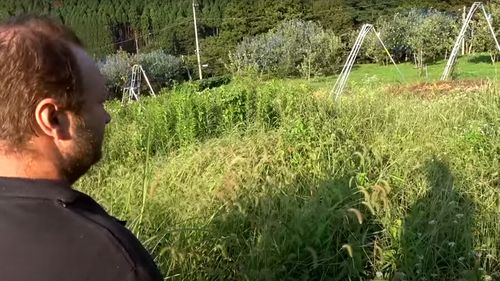
As an added bonus, it also came with acres of farmland, which Cunningham is using to grow produce for the cafe.
Cunningham, who shares his insights into life in Japan on YouTube, said many foreigners went about finding an akiya in the wrong way, by using websites known as "akiya banks" which are set up by local authorities to sell vacant houses.
"They go online to places like an akiya bank and they buy a house somewhere," Cunningham said.
"They don't know the area. They don't know anything - and that is how they fail," he said, adding he had seen many foreign-owned properties becoming akiyas again.
The best properties in the best areas were not listed on akiya banks and needed to be unearthed with local connections, Cunningham said.
"The way I bought my place is I did not even touch the internet at all," Cunningham said.
"I contacted all the councils in the area I wanted to buy and two came back. I spoke with a guy from the council who was the fixer."
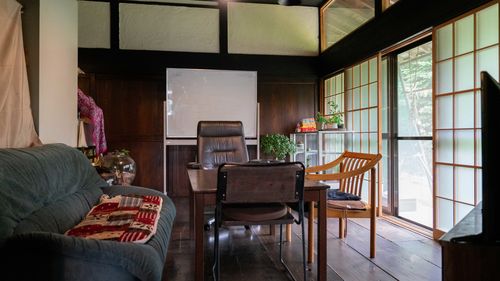
Cunningham said another thing Australians failed to understand about housing in Japan is that it depreciates, as most Japanese people prefer to live in new homes which are more comfortable and energy efficient.
Thinking about housing in Japan required a change in mindset, he said.
"For these old houses in Japan - even putting a lick of paint on it will mean you've over-capitalised.
"Aussies can't see that.
"They might buy a $10,000 house, put $200,000 into it in renovations, and they are thinking they will get their money back.
"But they won't, you would be lucky to get 20 per cent of it back."
However, Cunningham said the move had been right for him and his wife.
Next April, Cunningham plans to expand his pizza cafe to include cats.
"I've got three rescue cats and I'm going to rescue some more and have an outdoor cat cafe," he said.




